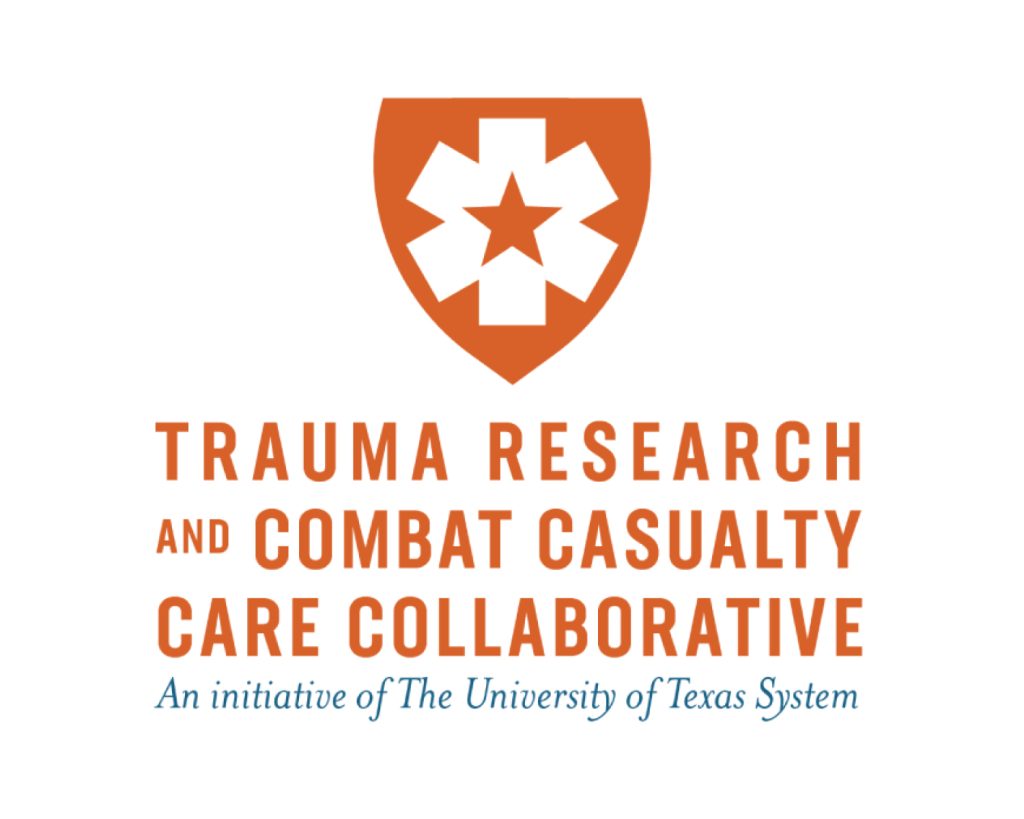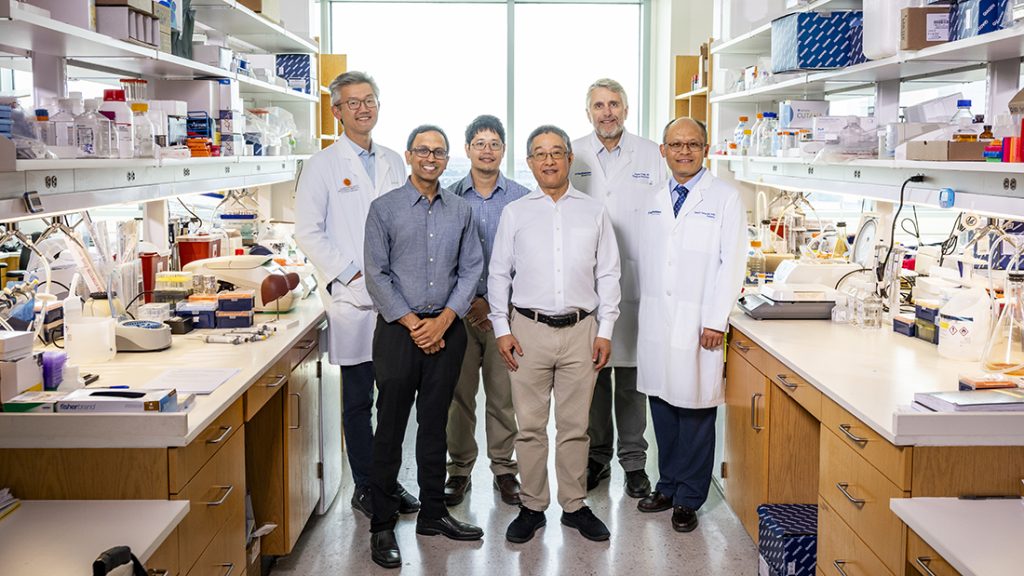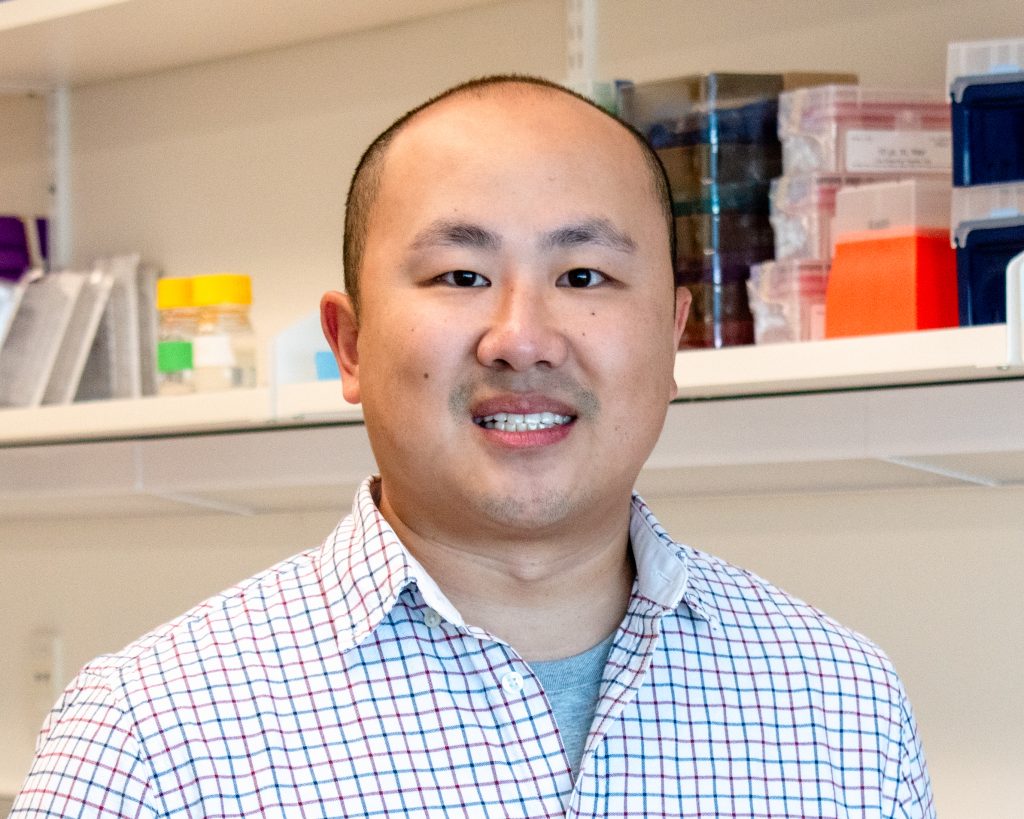
Sean Morrison, Ph.D., Director of the Children’s Research Institute at UT Southwestern, recently addressed UT Southwestern’s 2013 Women’s Health Symposium, where he discussed how one aspect of the institute’s research is working toward the development of new strategies for defeating cancer before it spreads. Below is an excerpt of his remarks.
Defeating Cancer Before it Spreads: Predicting Human Melanoma Progression in Mice
Within the biomedical research community, Children’s Research Institute at UT Southwestern seeks to make the kinds of discoveries that change scientific fields and yield new strategies for treating disease. We’re focusing our efforts at the interface of regenerative medicine, cancer biology and metabolism, because we believe that at the interface of those fields, there are significant opportunities to change the way we think about key areas of biology and to yield new insights into the biological basis of disease.
In my own laboratory, our focus is at the interface of stem cell biology and cancer. When we started, we were trying to understand the molecular mechanisms by which stem cells persist throughout life and the mechanisms that allow stem cells to repair tissues after injury. As we began to discover some of the genes that are involved in those processes, every time we found an important gene involved in how stem cells regenerate tissues, that gene was invariably involved in cancer.
As a result, we go back and forth in my laboratory between normal stem cells and cancers that arise in the same tissue, to not only understand the process of normal tissue regeneration and enhance it, but also to understand how that process goes wrong in the context of cancer. One of the types of cancer that we have done some significant research on is melanoma, which is the focus of my remarks this morning.
First, allow me to provide some background. When I started my lab, we were particularly interested in cells called neural crest stem cells — the stem cells that give rise to the peripheral nervous system during development. In addition to giving rise to the peripheral nervous system, which includes the nerves that regulate intestinal function and the “fight or flight” response, the neural crest gives rise to the melanocytes that confer pigmentation to skin. Melanocytes also are the cells that are transformed into melanoma when they acquire mutations as a result of exposure to sunlight.
During the course of our work on neural crest stem cells, we realized that it wasn’t good enough to study the cells in the laboratory dish. The environment in a lab dish is very different from the environment within the body during development, and we were missing a lot of the biology. So, to enable us to study the cells throughout the various phases of development, we created the ability to take neural crest stem cells from one species and transplant them into another — in this case from rats into developing chick embryos.
We chose chick embryos because we could cut a little hole in the top of a fertilized egg, and the chick embryo would be there on top of the yolk sac. From that position, we could inject the rat neural crest stem cells into various parts of the developing chick peripheral nervous system and study the ability of the rat cells to give rise to new cells. Remarkably, the rat cells migrated along with the chick cells, integrated in the chick peripheral nervous system and gave rise to new cells.
Now let me bring the story forward to our research on melanoma. As many of you know, melanoma is a very common skin cancer and the most serious form of skin cancer.
The key to dealing with melanoma is to catch it early, because if you do, you can cut it off and be cured. However, once it spreads and forms distant metastases in the body, there aren’t any treatments that are capable of curing people.
When someone is diagnosed with a melanoma and it can be surgically removed, the patient returns every few months for follow-up exams so the doctor can see if there has been any change. The patient can’t be sure if they have been cured by the surgery or if the melanoma has progressed to a more advanced stage. Physicians can express a probability of whether there might be a progression based on the clinical detail of the tumor, but they can’t say who is on the good side of that probability and who isn’t.
We decided in my lab to see if we could take the techniques we had developed to study neural crest stem cells that had been transplanted from one species to another, and apply them to melanoma. As you may recall, the neural crest gives rise to the melanocytes that can turn into melanoma. We wanted to find out if we could understand which cells are responsible for the growth of melanoma tumors, and why some cells metastasize and other don’t, to see if we could develop new strategies for treating the disease.
Based on our earlier work in transplanting cells from rats to chicks, we were able to take a single melanoma cell from a patient and transplant it under the skin of a specialized kind of mouse capable of growing tumors. From those single cells, the mice would grow human melanomas, and we could then study the biology of the disease and look for new therapies.
This was a significant breakthrough, because it enabled us to very carefully study developing human melanomas in mice, without which we would be extremely limited by the level of research we could do with a patient. In fact, we can now take a single patient’s melanoma and transplant it into hundreds of mice that will develop that same melanoma, allowing us multiple avenues to better understand the disease and seek new treatment strategies.
In researching melanoma in my lab, nearly all of the patients we studied had Stage 3 disease, meaning there had already been regional spread of the cancer and surgical removal of it. However, it was unknowable at that time which of the patients would be cured by the surgery and which would succumb to the disease because of distant metastases. That became the question we wanted to answer.
After transplanting the Stage 3 patients’ melanoma cells under the skin of the mice, some of the melanomas spread rapidly while others spread very slowly or not at all. When we performed additional rounds of transplantation, we found that the tumors that metastasized rapidly, or efficiently, always did so, and the tumors that metastasized slowly, or inefficiently, always did so as well. This was the first time we could see that there are intrinsic differences even among melanomas at the same stage of the disease.
We eventually learned that the clinical outcomes of the patients correlated with what happened in the mice. The tumors that metastasized efficiently in the mice progressed to a more advanced stage and killed the patients. The tumors that metastasized inefficiently in the mice also inefficiently formed distant metastases in the patients and tended to be cured by surgery.
This revelation resulted in two very different feelings. On one hand, we had accomplished something that had never been done before in cancer biology — the ability to predict an outcome in a patient based on the behavior of their tumor in an animal. But we also realized that, while the mice could tell us who would survive and who wouldn’t survive, there was nothing we could do about it.
To try and change that, we are now engaged in an effort to identify new prognostic markers that will allow us to predict which patients are in trouble and new therapeutic strategies to treat the disease. We are sequencing the genetic material in the tumors we have been studying, and we are applying computational approaches to look for genetic changes that are evident in the efficiently metastasizing melanomas but not the inefficiently metastasizing melanomas. We are also testing which of these changes are functionally responsible for the differences in metastatic potential.
From there, we can focus on validated therapeutic targets and, again working with our specialized mice, try and prevent those melanoma cells from metastasizing. And, just as we are now able to know ahead of time from mice which patients with melanoma are at the greatest risk, we hope we eventually will be able to know ahead of time from mice which treatments will have the greatest chance for success.



